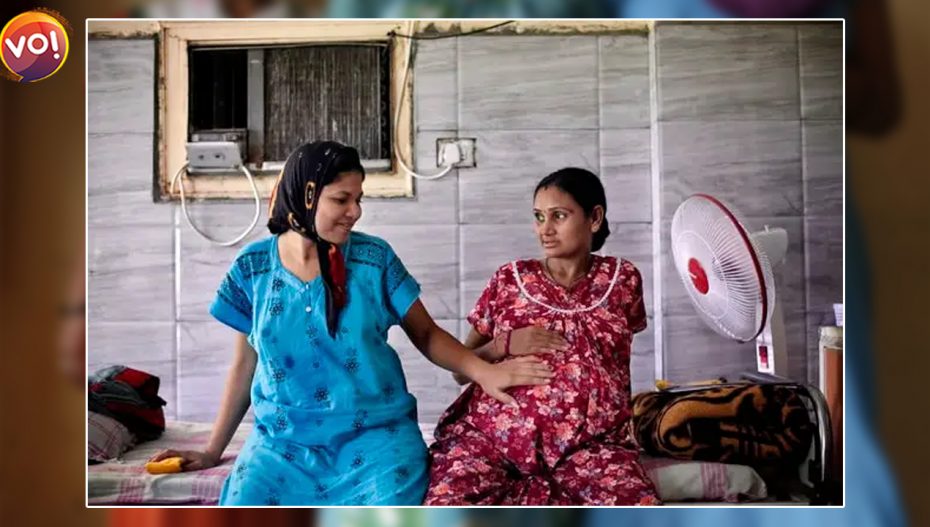While pregnancy and becoming a mother are times of great joy for most women, for some childbirth turns into a nightmare, and, at times, a grave tragedy. Among all the health indicators, maternal mortality is a very important one as it shows the position women hold in society.
Today, May 28, 2022, is the International Day of Action for Women’s Health. A day, when it is imperative that we discuss one of the most preventable of tragedies – maternal deaths. The maternal mortality rate (MMR) is defined as the number of maternal deaths during a given time period per 100,000 live births during the same time period.
It is heartening to note that India’s MMR dropped from 130 in 2014-16 to 103 in 2017-19, according to data released in March 2022 by the Registrar General of India. Gujarat’s MMR too fell from to 91 in 2014-16 to 70 in 2017-19. As per the UN’s Sustainable Development Goals, global MMR ratio should be less than 70 per 100,000 live births by 2030.
According to National Family Health Survey (NHFS) data, institutional deliveries in India increased to 88.6.% of all deliveries in 2019-21 from an abysmally low 40.8% in 2005-06. Two of the major schemes targeted to reduce maternal mortality are the ‘Pradhan Mantri Surakshit Matritva Abhiyan’ started in 2016 and the Surakshit Matritva Aashwashan (SUMAN) launched in 2019.
Causes for maternal mortality
According to UNICEF, the major medical causes for maternal mortality are severe bleeding, infections, high blood pressure during pregnancy, anaemia, complications from delivery, and unsafe abortions. Maternal mortality could also be a result of chronic conditions the mother has like cardiac issues and diabetes or diseases like malaria, hepatitis or AIDS.

According to Dr. Dileep Mavalankar, Director, Indian Institute of Public Health (IIPH), Gandhinagar, the main causes of maternal mortality in India are:
- Non-availability of emergency care such as facilities to perform C-sections and blood transfusions
- Lack of skilled birth attenders – doctors and nurses
- Living in remote areas where access to medical aid is difficult
- Poverty – as there are some indirect costs of delivery even in government set-ups
- Lack of health education that is needed to ensure proper prenatal and postnatal care
- Poor nutrition linked to the mother’s socio-economic status. This could lead to anaemia which can prove dangerous if there is excessive bleeding post-delivery

Says Smita Bajpai, project director at CHETNA (Centre for Health, Education, Training and Nutrition Awareness), an NGO based in Ahmedabad: “Regarding maternal deaths, most women are dying young and they are from poor families living in remote rural areas. Early age of marriage and pregnancy, and the inequities in the healthcare system are the two major causes of maternal mortality. In addition, lack of resources (shortage of blood and technical people) poor infrastructure (non-availability of water and electricity) are other problems.”
She says CHETNA plays a significant role in reducing the three delays that cause maternal mortality:
- Delay in identification of complications and decision making: Here, the NGO makes families and communities aware of the complications that may occur during pregnancy and childbirth.
- Delay in reaching the right healthcare facility: The NGO creates awareness about the ‘108 ambulance service’ and how to access it.
- Delay at the healthcare facility: To prevent this, the pregnant woman’s family is informed about hospital procedures, documents needed, and contact numbers of the healthcare facility, doctors and nurses. CHETNA also shares its field experiences with health department officials and urges them to take corrective action where required.
Gujarat story
Dr. Mavalankar explains the reasons for the drop in MMR in Gujarat. “Gujarat has been focussing on maternal health for many years. Various innovative schemes like the Chiranjeevi Yojana in collaboration with the private sector have been implemented. In this scheme, private obstetricians are engaged and paid by the government to conduct free deliveries for women from poorer segments of society. Also, Gujarat has invested in improving health infrastructure. The state has a good network of voluntary blood banks and the ‘108 ambulance service’ is a big boon. Moreover, private healthcare is available in small towns now. In remote tribal districts like the Dangs, government doctors are posted,” he says.
Another initiative implemented in Gujarat since 2012 is the ‘Mamta Ghar’ where high-risk pregnant women or those from remote areas are accommodated during the last 7-10 days of pregnancy near a healthcare facility. Counselling is also provided about pregnancy, delivery and care of the newborn infant and mother. ‘Mamta Sakhis’ or birth companions are appointed to help bridge the gap between the pregnant woman and medical staff.
Read Also: India Expresses Disappointment Towards WHO Over Excess Mortality Reports












